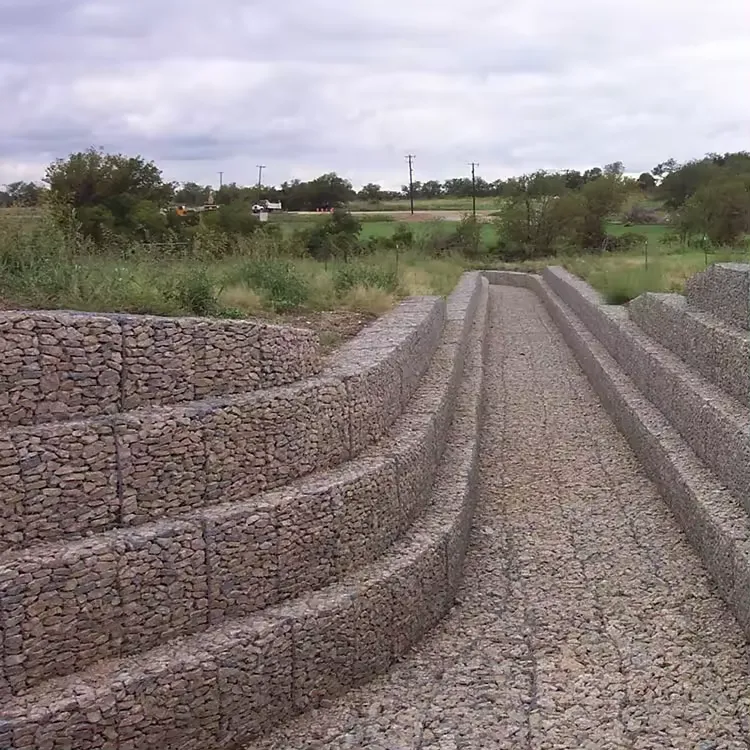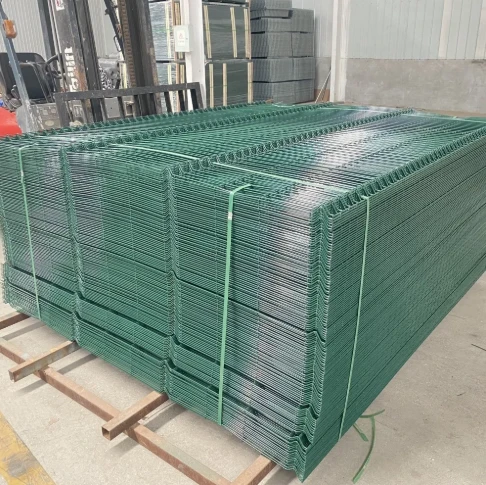Cattle Fence Construction Essential Considerations for Effective Grazing Management
Constructing a proper cattle fence is a fundamental aspect of effective livestock management and land stewardship. A well-planned fence not only protects the cattle from straying but also secures the property against wildlife and intruders. This article outlines key considerations for constructing durable and efficient cattle fencing that will ensure the safety and productivity of your cattle.
Types of Fences
When it comes to cattle fencing, several types are widely used, each serving different purposes and offering various benefits
1. Barbed Wire Fencing This is the most common type of fencing for cattle ranching. Barbed wire is effective in containing cattle due to its prickly design, which deters animals from pushing against it. Typically, three to five strands of barbed wire are used, depending on the herd size and cattle breed.
2. Electric Fencing An increasingly popular choice among cattle farmers, electric fencing is easy to install and highly effective. It delivers a mild shock that encourages cattle to stay away from the barrier. Electric fences can be versatile, offering temporary and permanent solutions, making them ideal for rotational grazing systems.
3. Post and Rail Fencing While generally more expensive, post and rail fencing is aesthetically pleasing and very durable. This type of fence works well for smaller herds or areas where appearance is a priority, such as near homes or public areas.
4. Composite Fencing Made from a mixture of materials, composite fencing combines the durability of synthetic components with the aesthetics of wood. It requires little maintenance, which can be a significant advantage for busy farmers.
Planning the Fence Line
The first step in cattle fence construction is meticulous planning. Consider the following elements to ensure the fenceline is efficient and effective
- Location Determine the best location for your fence based on the lay of the land, nearby water sources, existing vegetation, and accessibility. Avoid areas prone to flooding or heavy erosion.
- Grazing Patterns Understanding your cattle's grazing patterns will help in planning the layout. If you're implementing rotational grazing, the design should accommodate the movement of cattle between different pastures.
cattle fence construction
- Materials Choose appropriate materials based on your budget, the specific needs of your cattle, and the local environment. Invest in high-quality posts and wire to ensure longevity.
Construction Process
Once planning is complete, the next step is actual construction. Here’s a simple outline of the process
1. Mark the Fence Line Use flags or stakes to mark the alignment of the fence.
2. Set the Posts Dig holes for the posts, typically spaced between 10 to 12 feet apart, depending on the fencing type. Ensure they are deep enough to provide stability.
3. Attach the Fence Material Depending on the fence type, securely attach wire, rails, or other materials to the posts, ensuring they are taut to prevent sagging.
4. Add Gates Include strategically placed gates that allow for easy access to various sections of the pasture.
5. Final Inspection Once the fence is in place, conduct a thorough inspection to ensure that there are no sharp edges or gaps that could let cattle escape.
Maintenance
Regular maintenance is crucial to the longevity of your cattle fence. Check for wear and tear, tighten loose wires, and replace any broken posts or damaged materials. Conduct scheduled inspections after severe weather events to ensure the fence remains in good condition.
Conclusion
Cattle fence construction is an essential task that requires careful planning, quality materials, and diligent upkeep. By understanding different fencing options and best practices, you can create a safe and efficient environment for your cattle, ultimately leading to a more productive farming operation. Investing in a solid fence today will pay dividends in the future, ensuring the well-being of your livestock and the integrity of your property.























